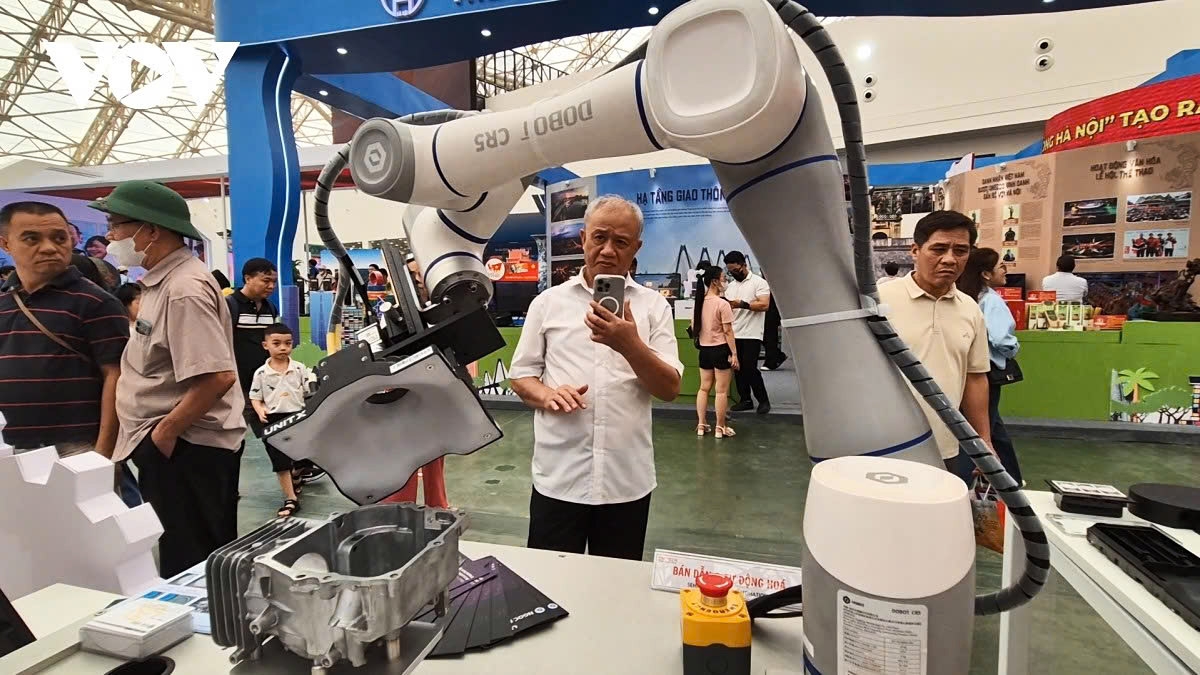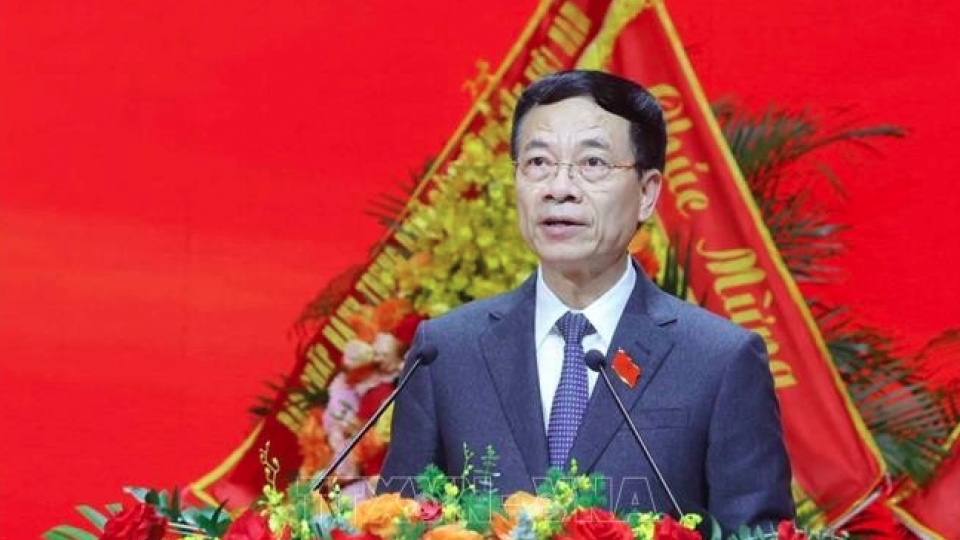Science and technology - the key to a sustainable growth model for Vietnam
VOV.VN - Science, technology, and innovation are becoming the “golden key” to unlocking a sustainable growth model for Vietnam in the era of digital transformation and green transition.
Experts agreed that knowledge, technology, and human resources are the three essential pillars that help to build a modern, autonomous, and civilised economy.
Innovation – the foundation of a modern growth model

Contributing to the draft documents for the 14th National Congress of the Communist Party of Vietnam, Associate Professor Dr. Phan Minh Duc, Deputy Head of the Department of Science Management and International Cooperation at the Academy of Journalism and Communication, stressed that promoting breakthroughs in science, technology, and innovation is a fundamental and decisive task in the country’s new stage of development.
According to him, while Vietnam’s current development strategies aim toward 2030, a longer-term vision is needed to effectively respond to the rapid global changes. The new growth model must be based on science, technology, and innovation rather than capital or natural resources. This modern, knowledge-intensive approach will help improve productivity and national competitiveness.
Dr. Duc noted that total factor productivity (TFP) currently contributes more than 40% to GDP growth, with a goal of reaching 55%. However, Vietnam should strive to exceed 60% to keep pace with developed economies such as Japan and the Republic of Korea.
Resolution No. 57 of the Party Central Committee has already affirmed the critical role of innovation, digital transformation, and scientific and technological advancement as driving forces for modern productive capacity.
When the productive forces evolve, the relations and methods of production will also change correspondingly, creating a new revolution in national development capacity, he told VOV.VN.
Four strategic transformations for the new era

According to Dr. Duc, science and technology will form the foundation for four strategic transformations, namely (i) digital transformation, which serves as the central driving force by applying emerging technologies such as artificial intelligence (AI) in governance, administration, and production; (ii) green and energy transformation, aiming for net-zero emissions by 2050 based on a circular economy model; (iii) transformation in labour structure and quality, as 65% of the population still lives in rural areas while agriculture contributes only about 5% of GDP, thus, digitalizing agriculture is essential to enhance productivity; (iv) and strategic autonomy and national positioning, which require a long-term, declarative national strategy to proactively manage risks and affirm Vietnam’s role in an increasingly volatile world.
GDC model – toward rapid and sustainable growth

Meanwhile, Associate Professor Dr. Nguyen Tan Vinh, Director of the Ho Chi Minh National Academy of Politics, Region II, emphasised that every nation has its own growth pathway. However, in a rapidly changing global context, Vietnam must reshape its growth model to align with green transformation, digital transformation, and high-quality human resource development.
He proposed the GDC model, based on three main pillars, namely (i) “Green”, focusing on green and circular economy development to regenerate resources and harmonise economic growth with environmental protection; (ii) “Digital”, promoting comprehensive digital transformation to enhance labour productivity and competitiveness; and (iii) “Civilized”, building a humane and progressive society centred on human development, cultural values, and national governance capacity.
According to Dr. Vinh, “Civilization” is reflected not only in material advancement but also in creative capacity, innovation spirit, and effective governance. These factors serve as intrinsic motivations for achieving rapid and sustainable growth.
The GDC model is not only a theoretical framework but also a practical orientation for Vietnam in its process of industrialisation, modernisation, and global integration. Implementing this model will create a strong foundation for a green economy, a digital economy, and a civilized society, thereby enhancing productivity, growth quality, and competitiveness, said Dr. Vinh.
Experts agreed that science, technology, innovation, and digital transformation are the core pillars shaping Vietnam’s new growth model. At the same time, the GDC model based on “Green”, “Digital”, and “Civilized” reflects the strategic vision of the Communist Party of Vietnam in building an independent, self-reliant economy that is deeply integrated and sustainably developed.





